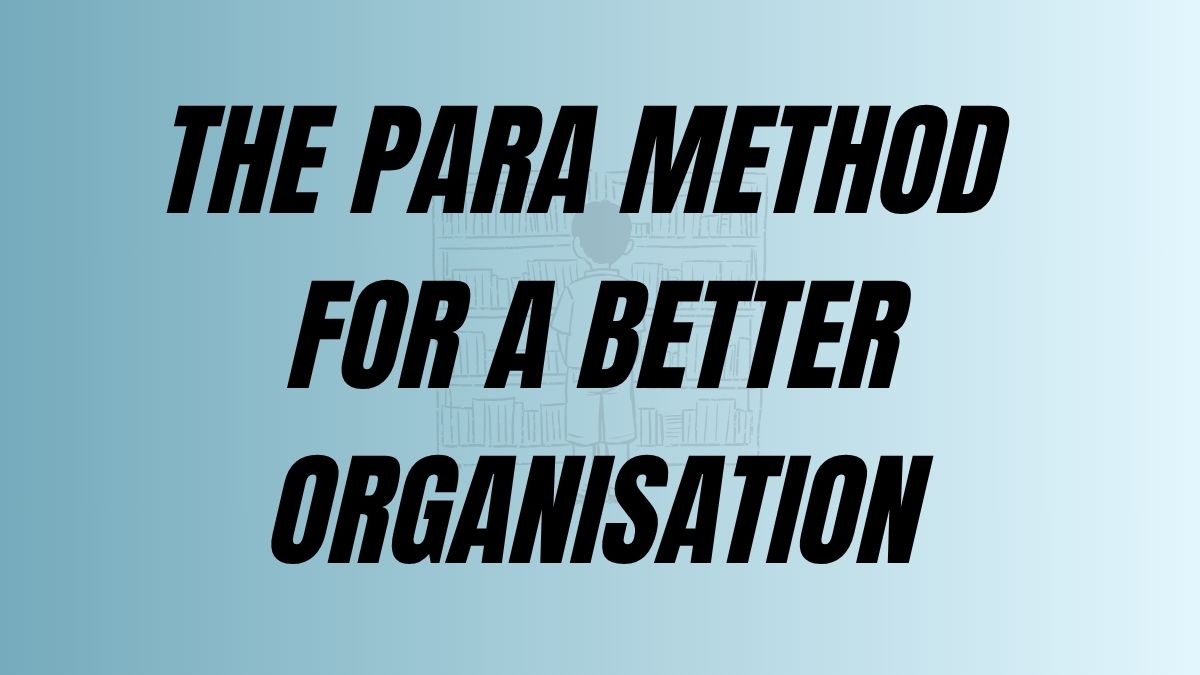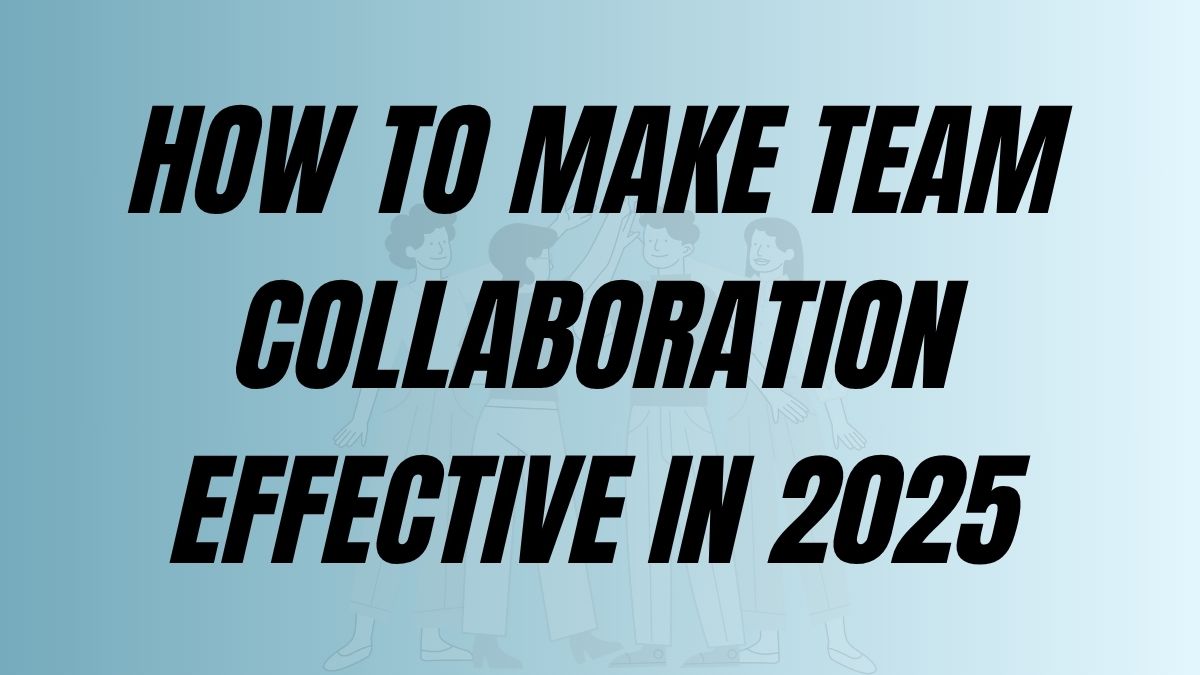The first time I was confronted with the notion of Time Management, I was still in high school. The history teacher in my Grade 10 class had told us as if it were a biblical truth that students’ attention spans were limited to 37 minutes in the one-hour time slot usually set aside for these classes. I think this was more an observation based on his own experience than the result of surveys or pedagogical studies. In any case, the figure made enough of an impression on me that I still remember it today.
Time is the great equalizer in business – we all have the same 24 hours each day. However, studies show that effective time management can increase productivity by up to 30% and significantly reduce workplace stress! Whether you’re a seasoned executive or an emerging entrepreneur, mastering time management is crucial for achieving your business goals.
Understanding Time Management Fundamentals
Time management isn’t just about working faster – it’s about working smarter. Modern business leaders need to balance multiple priorities while maintaining high productivity levels. The key lies in adopting proven methods that align with your work style and business needs.
As a marketing consultant, I am often asked to mentor young marketers and help them become more organized in their daily professional lives. This inspired me to share my insights on the most effective techniques recognized as essential for success in the business world.
Essential Time Management Techniques
The Pomodoro Technique
The Pomodoro Technique, developed by Francesco Cirillo in the late 1980s while he was a university student at Harvard, is a time management method that breaks activity into focused work intervals called “pomodori,” followed by short breaks. Every interval lasts 25-minutes, nothing more, nothing less, which makes this method very unique.
Each pomodoro is dedicated to a single task, during which all potential interruptions must be eliminated or postponed. For example, when writing a complex report, you would set your timer for 25 minutes and focus solely on writing, avoiding email checks or phone calls. After the timer rings, take a 5-minute break to refresh – perhaps stretch, grab coffee, or take a short walk. After completing four pomodori, you earn a longer break of 15-30 minutes.
The technique’s effectiveness stems from its ability to transform time from a source of anxiety into a productivity ally. For instance, entrepreneur Chris Winfield discovered that implementing these 25-minute focused blocks helped him overcome burnout and significantly improved his efficiency.
The method particularly benefits creative thinkers and those experiencing work burnout by providing a structured approach to maintaining focus while ensuring regular mental breaks. The technique’s simplicity is key to its success – all you need is a timer, though Cirillo advocates for using a physical timer as the mechanical winding and ticking serve as psychological cues for focus and task completion.
Diagram of the Pomodoro Technique showing 25-minute work intervals with 5-minute short breaks and a 15-30 minute long break after four cycles.
Time Blocking
Time blocking involves dedicating specific time slots to particular tasks or types of work. For example, schedule 9-11 AM for strategic planning, 11 AM-12 PM for emails, and 2-4 PM for team meetings. This method ensures focused attention on important tasks while minimizing context switching.
This technique is a powerful time management method that transforms traditional to-do lists into a structured schedule by assigning specific time slots to particular tasks or activities.
Instead of working from an open-ended task list, practitioners dedicate precise periods to different types of work – for instance, reserving 9-10 AM for email management, 10 AM-12 PM for focused project work, and 1-2 PM for meetings. This technique is particularly effective because it enhances focus by eliminating multitasking and reducing context switching, ultimately leading to higher quality output.
To implement time blocking effectively, start by identifying your most important tasks and scheduling them during your peak productivity hours. Include buffer periods between blocks to handle unexpected issues, and regularly review and adjust your schedule based on actual time spent on tasks.
The method works exceptionally well for professionals juggling multiple responsibilities or those requiring focused time for complex tasks. Key to success is scheduling blocks the evening before, grouping similar tasks together, and protecting your designated time from interruptions. While maintaining flexibility for unexpected priorities, time blocking helps create a realistic understanding of time allocation and prevents the common mistake of underestimating task duration.
The Eisenhower Matrix
The Eisenhower Matrix, inspired by President Dwight D. Eisenhower’s approach to task management, is a powerful prioritization framework that divides tasks into four distinct quadrants based on their urgency and importance.
- First, Quadrant 1 contains tasks that are both urgent and important, requiring immediate attention, such as critical deadlines or emergencies.
- Subsequently, Quadrant 2 encompasses important but non-urgent activities that contribute to long-term goals, like strategic planning and professional development.
- Meanwhile, Quadrant 3 consists of urgent but unimportant tasks, typically interruptions or requests that can be delegated to others.
- Finally, Quadrant 4 includes neither urgent nor important activities that should be eliminated or minimized.
To implement this method effectively, one should begin by listing all pending tasks and then categorizing them into the appropriate quadrants. Moreover, the matrix’s effectiveness lies in its ability to help practitioners focus on what truly matters while reducing time spent on non-essential activities.
Furthermore, studies show that successful individuals tend to spend most of their time in Quadrant 2, focusing on important but non-urgent tasks that drive long-term success and satisfaction.

The Eisenhower Matrix categorizes tasks into four quadrants: urgent/important, not urgent/important, urgent/not important, not urgent/not important.
The Pareto Principle (80/20 Rule)
The Pareto Principle, also known as the 80/20 Rule, is a time management and productivity concept that highlights the unequal relationship between inputs and outputs. It suggests that 80% of outcomes are often driven by just 20% of causes.
This principle, first observed by Italian economist Vilfredo Pareto in 1896, has broad applications in business and beyond. For instance, in a sales context, 80% of a company’s revenue might come from just 20% of its customers. Similarly, in project management, addressing the top 20% of recurring issues often resolves 80% of related problems.
By identifying and focusing on these “vital few” contributors—be it tasks, clients, or resources—businesses can optimize their efforts for maximum impact. For example, a software company might prioritize fixing the 20% of bugs causing 80% of crashes to improve user satisfaction efficiently. The Pareto Principle encourages leaders to focus on high-value activities and avoid wasting time on less impactful tasks.
Eat That Frog
The Eat That Frog technique, popularized by Brian Tracy in his book Eat That Frog!, is a time management strategy designed to help individuals tackle their most important and challenging task of the day first thing in the morning.
The “frog” symbolizes this critical task, often one that is complex, time-consuming, or dreaded. The method is rooted in the idea that completing such a task early in the day not only boosts productivity but also provides a sense of accomplishment that motivates individuals to handle the rest of their workload with greater ease.
For example, if a manager has to prepare an important presentation for a board meeting, they should dedicate their peak morning hours to completing it before addressing smaller tasks like responding to emails or attending routine meetings.
By doing so, they ensure that their most impactful work gets done when their energy and focus are at their highest. This approach also aligns with the 80/20 rule, emphasizing prioritization of high-value tasks to maximize results.
Digital Tools for Enhanced Time Management
Several digital tools have emerged as essential solutions for enhanced time management in today’s business environment. The most prominent categories include task management applications like Todoist and TickTick, which offer natural language processing for quick task entry and intelligent organization features.
Time tracking software such as Toggl and TrackingTime provide detailed insights into how time is spent, with features for monitoring productivity patterns and generating comprehensive reports.
Digital calendar management tools, particularly Google Calendar, serve as the foundation for scheduling and time blocking, while project and task management platforms like Monday, Asana and Trello help organize larger initiatives. You can easily change the Google Calendar settings to set the duration of standard meetings to 25 minutes by default.

For focused work sessions, Pomodoro timer applications help maintain concentration through structured work intervals, typically 25 minutes of focused work followed by short breaks.
Advanced solutions like Motion incorporate AI capabilities to automatically schedule tasks based on priorities and deadlines, while considering existing calendar commitments. These tools often integrate with each other, creating a comprehensive ecosystem for time management – for instance, Todoist can connect with Google Calendar for seamless task and schedule alignment, while Clockify can integrate with project management tools to track time spent on specific projects or tasks.
Implementing Time Management in Team Settings
Team Coordination
Effective time management extends beyond individual productivity. Use shared calendars, regular check-ins, and clear communication channels to ensure team alignment.

A weekly Google Calendar view showing multiple shared calendars, events, and appointments scheduled from January 13–19, 2025.
You can easily share your calendar within your organisation (Google Calendar, Microsoft Office) ; you can also subscribe to external calendars and show some valuable information like public holidays in different countries if you work with people from other regions in the world.
Delegation Strategies
Effective delegation is a cornerstone of successful time management, particularly for business leaders and managers. The key to masterful delegation lies in a strategic approach that begins with careful task assessment and team member selection.
First, identify tasks that can be delegated by evaluating whether they align with team members’ skills, development goals, and current workload. Then, match tasks to team members based on their strengths, experience levels, and growth potential – for instance, assigning data analysis to analytical team members or creative projects to those with strong design skills.
Clear communication is crucial: provide comprehensive instructions, including context, deadlines, expected outcomes, and available resources. Additionally, establish specific checkpoints and milestones to monitor progress without micromanaging.
Implement a RACI matrix (Responsible, Accountable, Consulted, Informed) to clarify roles and responsibilities. The delegation process should also include a feedback loop – schedule regular check-ins to address questions, provide guidance, and ensure the delegated work stays on track.
Finally, acknowledge and recognise successful task completion, using it as an opportunity for both performance feedback and team member development. This comprehensive approach to delegation not only frees up leadership time for strategic activities but also contributes to team growth and organisational efficiency.
Overcoming Common Time Management Challenges
Managing Distractions
Creating a distraction-free environment is essential for maintaining focus and productivity in today’s hyper connected workplace. Studies show that notifications and interruptions can decrease productivity by up to 40%, with each interruption requiring approximately 23 minutes to regain full concentration. To combat this, start by disabling non-essential notifications across all devices – particularly email, social media, and chat applications during focused work periods.
Utilise ‘Do Not Disturb’ modes through built-in features like Focus Mode on iPhone or similar tools on other devices. These can automatically decline meetings and silence notifications during specific time blocks. Most smartphones allow you to create multiple modes tailored to your schedule, such as Deep Work, Focus, Do Not Disturb, or Meeting. You can customise which notifications you receive—for instance, parents of young children can ensure they remain reachable by schools, partners, or nannies. Additionally, you can personalise the display for each mode to minimize distractions and avoid being tempted by apps like Instagram or TikTok.
Website blockers serve as powerful tools for maintaining focus. Applications like Freedom, Cold Turkey Blocker, and StayFocusd can restrict access to distracting websites during work hours. These tools allow you to create customised block lists and schedules, ensuring you stay on task during critical work periods.
Setting up a Time Management Strategy
Implement structured time management approaches by:
- Starting task batching and batching similar tasks together to minimize context switching
- Setting specific times for checking emails and messages
- Using time-blocking techniques to designate focused work periods
- Taking regular breaks to maintain mental clarity and prevent burnout
… and Handling Unexpected Tasks
Develop strategies for managing interruptions:
- Build buffer time into your schedule
- Use the 2-minute rule for quick tasks
- Keep a running list of unexpected items
- Regularly reassess priorities
Measuring Time Management Success
Measuring time management success requires a comprehensive approach that combines both quantitative and qualitative metrics. Task completion rates serve as a fundamental indicator, tracking the percentage of assignments finished within designated timeframes and deadlines. The main idea underlying measuring is to make intangible metrics… tangible. Easy to say, not always easy to do!
Project delivery times provide insights into efficiency and planning effectiveness, while meeting efficiency can be evaluated through metrics like duration, attendance, and outcome achievement.
Personal productivity scores can be established through various methods, including numeric rating scales (1-5) that assess performance across different dimensions.
Additionally, self-evaluations and peer reviews play a crucial role in measuring time management effectiveness, offering insights into areas like goal achievement and workflow optimisation.
Modern organisations often utilise performance dashboards and time-tracking tools to monitor these metrics in real-time, enabling quick adjustments to strategies when needed.
The success of time management initiatives can also be measured through work efficiency metrics, which evaluate how effectively resources like time and effort are utilised while maintaining quality standards. This balanced approach to measurement ensures that both quantity and quality of work are considered when assessing time management effectiveness.
Conclusion
Effective time management is a crucial skill that can transform your business performance. Start by implementing one or two methods that resonate with your work style, then gradually incorporate others as you build your time management muscle. Remember, the goal isn’t perfection but progress toward more efficient and effective work habits. Last but not least, it is important to find your own time management set up which can combine different techniques, given your own profile and constraints.
FAQs about Time Management Methods
Which time management method is best for beginners?
The Pomodoro Technique is often recommended for beginners due to its simplicity and immediate impact on focus and productivity.
How can I manage time effectively when everything seems urgent?
Use the Eisenhower Matrix to objectively evaluate task urgency and importance, helping you prioritize effectively and reduce stress.
What’s the best way to handle constant interruptions?
Implement “time blocking” with designated periods for focused work and separate times for handling interruptions and communications.
How often should I review my time management system?
Conduct monthly reviews of your time management strategies, adjusting them based on what’s working and what isn’t. Quarterly deep-dives can help identify longer-term patterns and opportunities for improvement.
To find out more about Productivity



> Discover the other blog pages
💪 Overcoming B2B SaaS Challenges: Customer, GTM & Marketing
📈 How Mastering SEO Can Lead To Sustainable Growth In B2B SaaS
☘️ How To Find The Overlap Between Sustainability And Marketing

